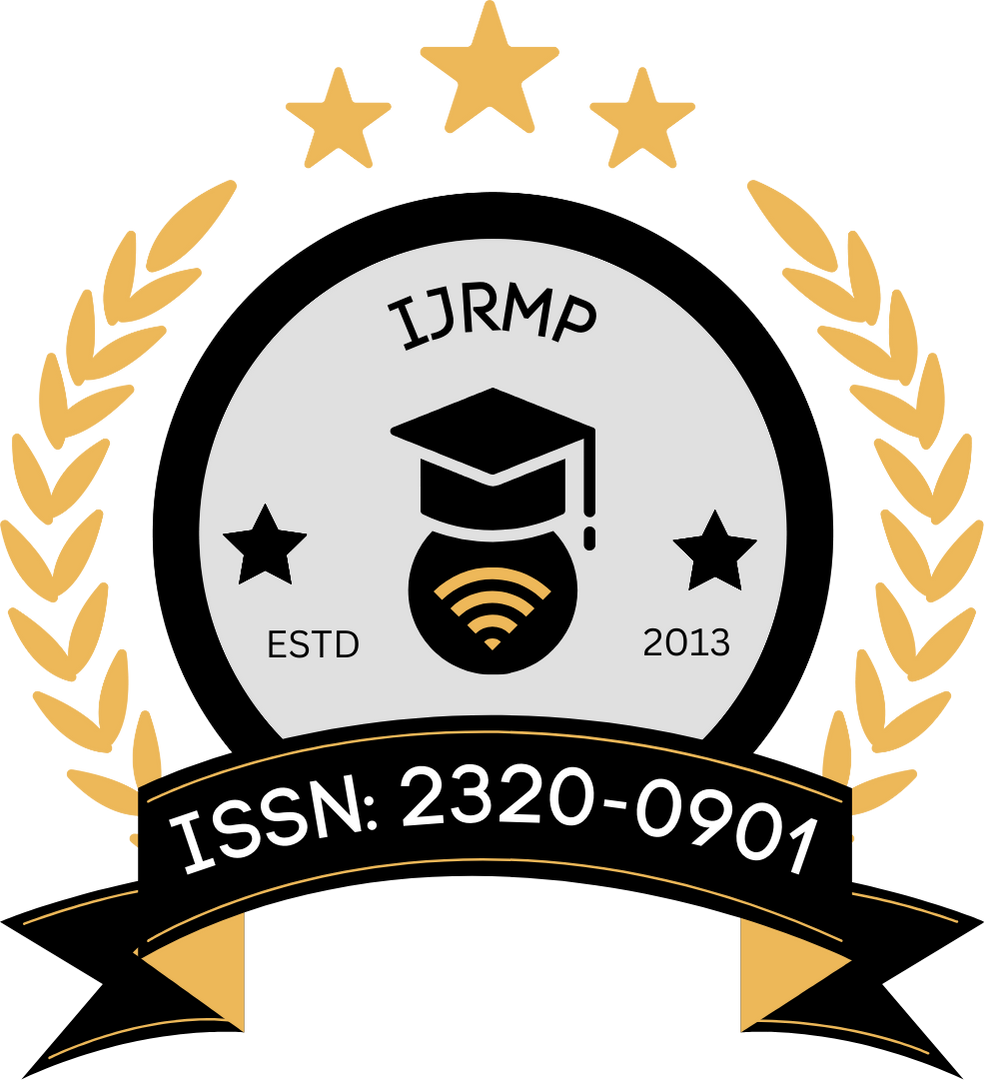![]()
Parth Mahajan
Independent Researcher
Delhi, India
Abstract
The field of dental clinical research is undergoing significant transformation with the integration of mobile health (mHealth) technologies that offer real-time data capture capabilities. Traditional methods of data collection in clinical trials often rely on paper-based forms and delayed input, increasing the risk of recall bias, data entry errors, and patient non-compliance. This study explores the feasibility and accuracy of using mHealth applications for real-time data capture in dental clinical trials, focusing specifically on patient-reported outcomes and compliance tracking. Through a systematic approach combining a pilot trial, participant usability assessment, and data accuracy comparison with standard methods, the study evaluates whether mHealth tools can enhance data integrity and trial efficiency. The results suggest that mobile applications provide a feasible and accurate platform for real-time reporting, particularly for pain assessment, oral hygiene behavior tracking, and medication adherence. This paper discusses the implications for clinical trial design, regulatory considerations, and patient engagement in the context of digital dentistry and personalized oral healthcare.
Keywords
mHealth, real-time data capture, dental clinical trials, patient-reported outcomes, feasibility, accuracy, mobile applications
References
- Basch, E., Deal, A. M., Kris, M. G., Scher, H. I., Hudis, C. A., Sabbatini, P., … Schrag, D. (2016). Symptom monitoring with patient-reported outcomes during routine cancer treatment: A randomized controlled trial. Journal of Clinical Oncology, 34(6), 557-565. https://doi.org/10.1200/JCO.2015.63.0830 ncbi.nlm.nih.gov
- Quinn, C. C., Shardell, M. D., Terrin, M. L., Barr, E. A., Ballew, S. H., & Gruber-Baldini, A. L. (2011). Cluster-randomized trial of a mobile-phone personalized behavioral intervention for blood-glucose control. Diabetes Care, 34(9), 1934-1942. https://doi.org/10.2337/dc11-0366 ncbi.nlm.nih.gov
- Dennison, L., Morrison, L., Conway, G., & Yardley, L. (2013). Opportunities and challenges for smartphone applications in supporting health-behavior change: Qualitative study. Journal of Medical Internet Research, 15(4), e86. https://doi.org/10.2196/jmir.2154 org
- Eppright, M., Shroff, B., Best, A. M., Lindauer, S. J., & Tufekci, E. (2014). Influence of active reminders on oral-hygiene compliance in orthodontic patients. The Angle Orthodontist, 84(2), 208-213. https://doi.org/10.2319/031313-193.1 ncbi.nlm.nih.gov
- Kotz, D., Gunter, C. A., Kumar, S., & Weiner, J. P. (2016). Privacy and security in mobile health: A research agenda. Computer, 49(6), 22-30. https://doi.org/10.1109/MC.2016.185 illinois.edu
- Kumar, S., Nilsen, W. J., Abernethy, A., Atienza, A., Patrick, K., Pavel, M., … Swendeman, D. (2013). Mobile health technology evaluation: The mHealth evidence workshop. American Journal of Preventive Medicine, 45(2), 228-236. https://doi.org/10.1016/j.amepre.2013.03.017 ncbi.nlm.nih.gov
- Riley, W. T., Rivera, D. E., Atienza, A. A., Nilsen, W., Allison, S. M., & Mermelstein, R. (2011). Health-behavior models in the age of mobile interventions: Are our theories up to the task? Translational Behavioral Medicine, 1(1), 53-71. https://doi.org/10.1007/s13142-011-0021-7 ncbi.nlm.nih.gov
- World Health Organization. (2011). mHealth: New horizons for health through mobile technologies – Second global survey on eHealth (Global Observatory for eHealth Series, Vol. 3). Geneva: WHO. who.int
- Free, C., Phillips, G., Watson, L., Galli, L., Felix, L., Edwards, P., … Haines, A. (2013). The effectiveness of mobile-health technologies to improve health-care service-delivery processes: A systematic review and meta-analysis. PLOS Medicine, 10(1), e1001363. https://doi.org/10.1371/journal.pmed.1001363 plos.org
- Berchier, C. E., Slot, D. E., Haps, S., & Van der Weijden, G. A. (2008). The efficacy of dental floss in addition to a toothbrush on plaque and parameters of gingival inflammation: A systematic review. International Journal of Dental Hygiene, 6(4), 265-279. https://doi.org/10.1111/j.1601-5037.2008.00330.x ncbi.nlm.nih.gov
